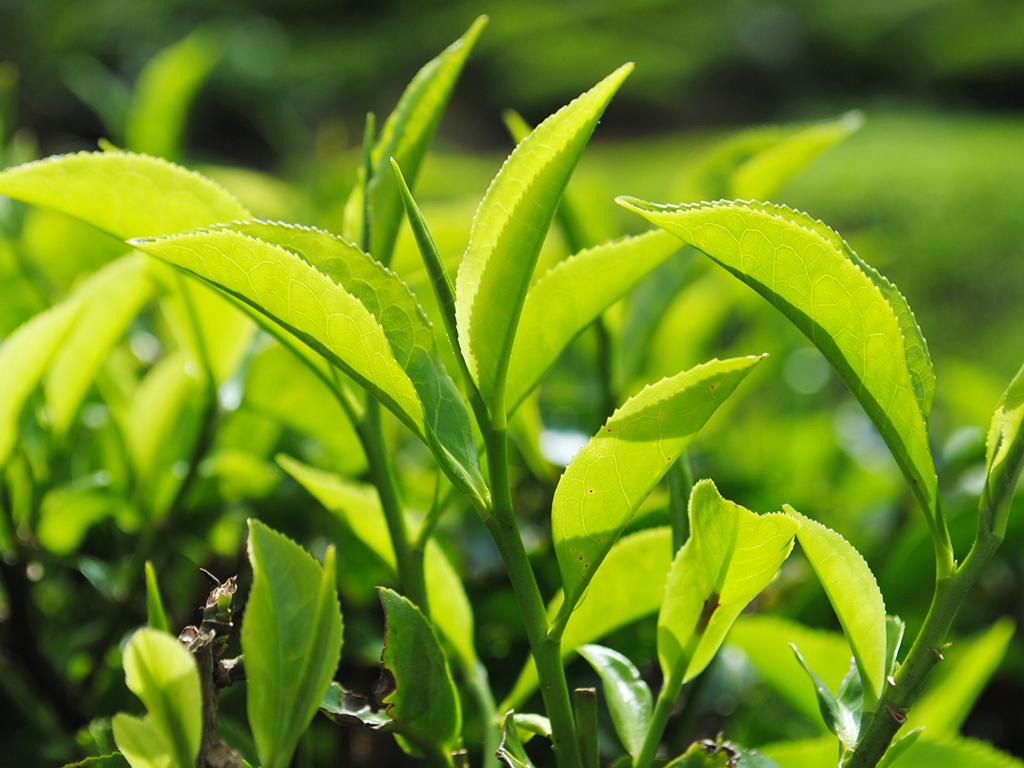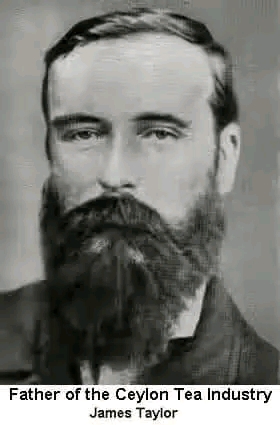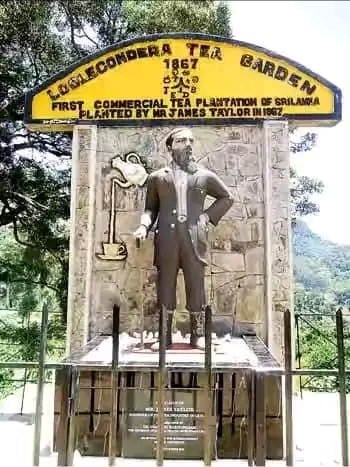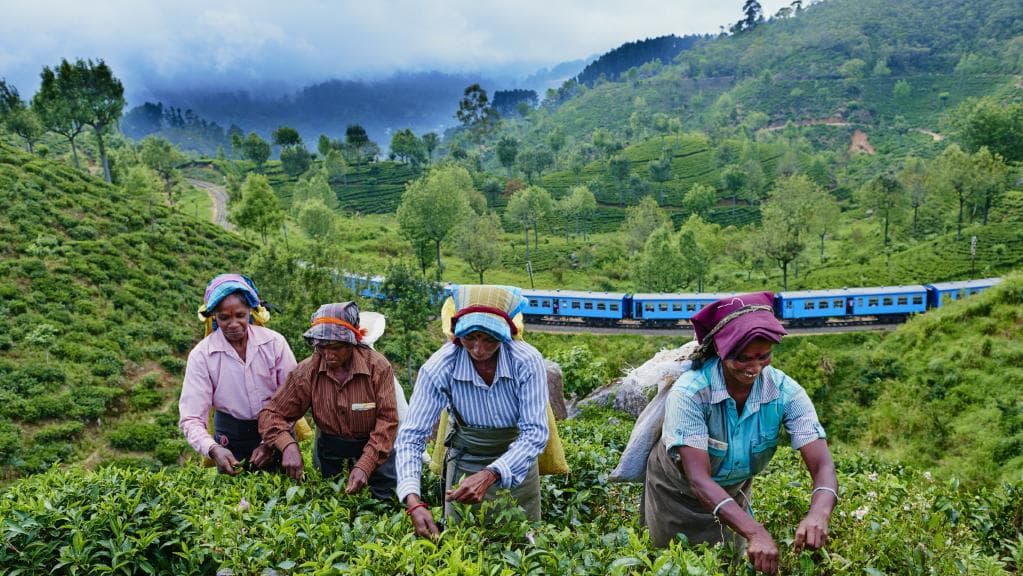
Everyone knows that Ceylon Tea is the most delicious drink of the world famous tea. Tea is the main source of foreign exchange for Sri Lanka. In this article you will know about the history of Ceylon Tea which you will enjoy very much.
Tea production in Sri Lanka begins during the British colonial period. Tea seeds were brought to Sri Lanka for the first time in 1824. In 1839 tea Seeds were brought back and it was planted as a special plant in the Peradeniya Botanical Garden, Haggala Botanical Garden and King House Nuwaraeliya. In both the above cases only the display of the tea plant has taken place. Commercial tea cultivation was started in 1867. The founder Mr. James Taylor. He has started commercial tea cultivation at Lulkadura estate in Hewaheta, Kandy. Sri Lanka’s main export crop became a tea, and Mr. James Taylor, who started it, is considered k the Father of Ceylon tea cultivation.

A rapid expansion of tea cultivation has been shown in a short period of time due to the existence of suitable climatic condition for tea cultivation in Sri Lanka. In Sri Lanka, a country close to equator, the red soil with limestone, the soil PH between 6.0-6.5 and the annual temperature of 65F0 – 75F0 led to the success of tea cultivation. These climatic factors and environment factors helped to make Ceylon tea famous as the world’s leading producer of black tea.The first export tea was made in 1873. An income of 58 rupees has been obtained by exporting 10.5kg of tea there. In 1875, tea cultivation was about 500 acres and by 1887 it had expanded to 150 000 acres. There are several reasons why tea cultivation spread throughout the hilly areas became more successful in Sri Lanka.
- Declining demand for Chinese tea in the London market.
- Increasing demand for Ceylon-Indian tea.
- Being able to get Indian hired labor at low cost.
- Reduction in the rise in the price of tea in the London market at that time.
- More mechanization of tea production.
- Development of highways and railways in Sri Lanka is due to tea cultivation.
- Development of Colombo port.

With the spread of tea cultivation, a tea research institute was started with the need to find solutions for various diseases of tea plants and whiten an effective tea plantation. It was established in 1925 at Talawakele Koombs Estate. Later local branches were also established in Passara in Badulla District, Hanthana in Kandy District and Jokim estate in Rathnapura. By the year 1920, the price of tea in the world market started to rise, so new tea plantations started in Sri Lanka. But by 1929, tea income fell due to the collapse of the world economy. Today, the demand for Ceylon tea is very high and European countries, Middle countries and Asian countries buy tea from Sri Lanka. The leader in the plantation industry, tea cultivation is widespread in Nuwararliya, Badulla, Monaragala, Bandarawela, Kandy, Haputale, Galle, Matara, Hambanthota, Matale, and Kurunegala. The British colony had good and bad effect on Sri Lanka. But the best gift Sri Lanka received as a country is tea cultivation.
